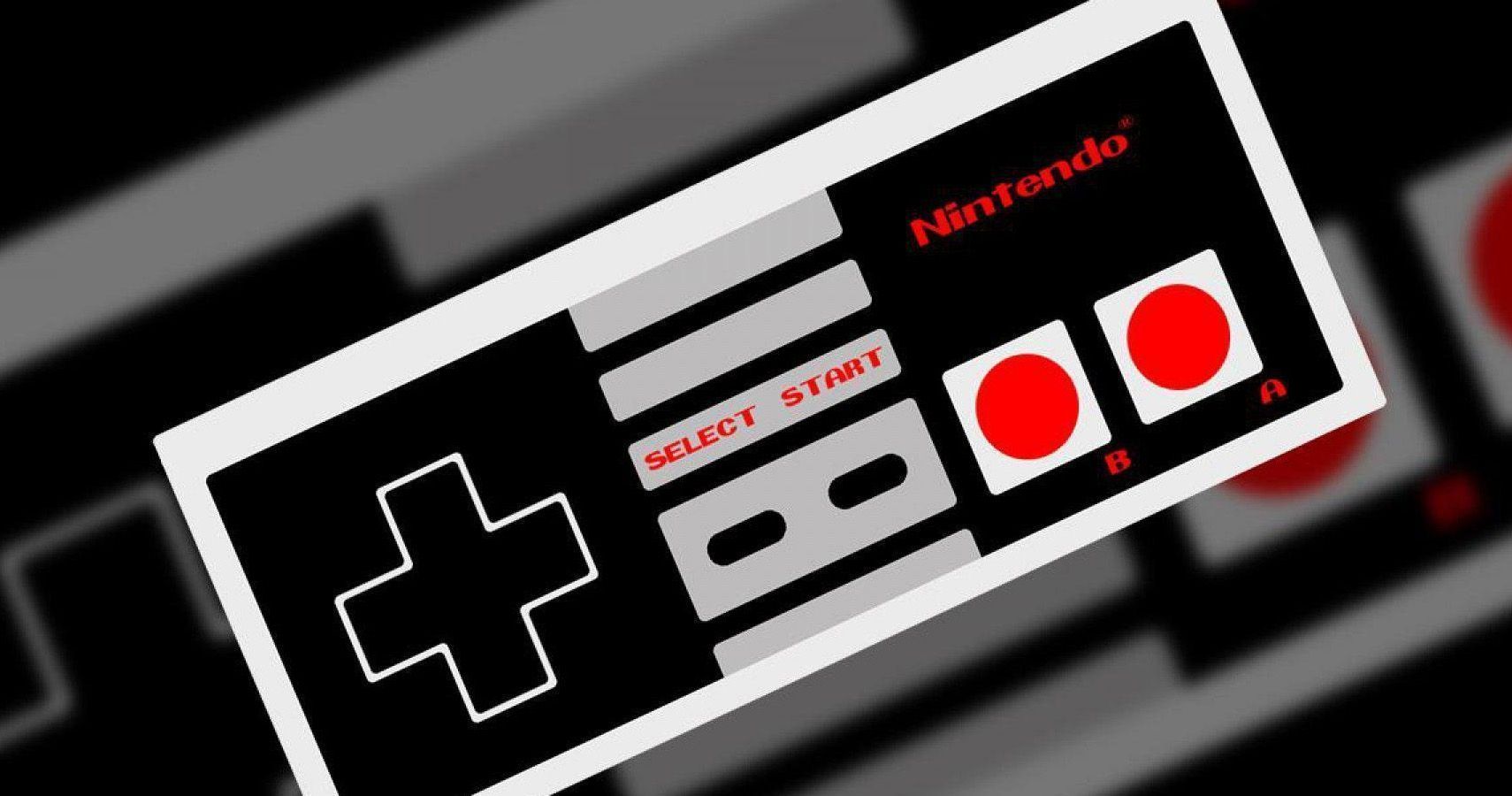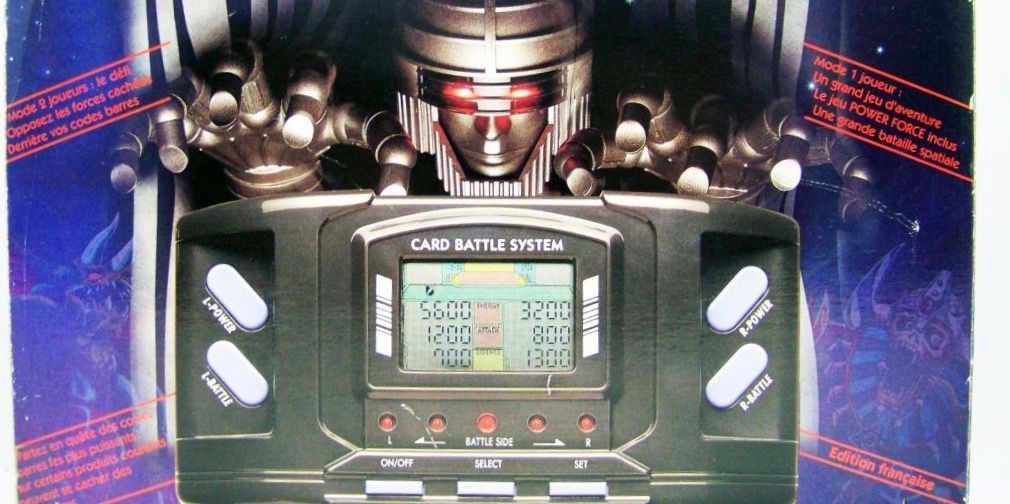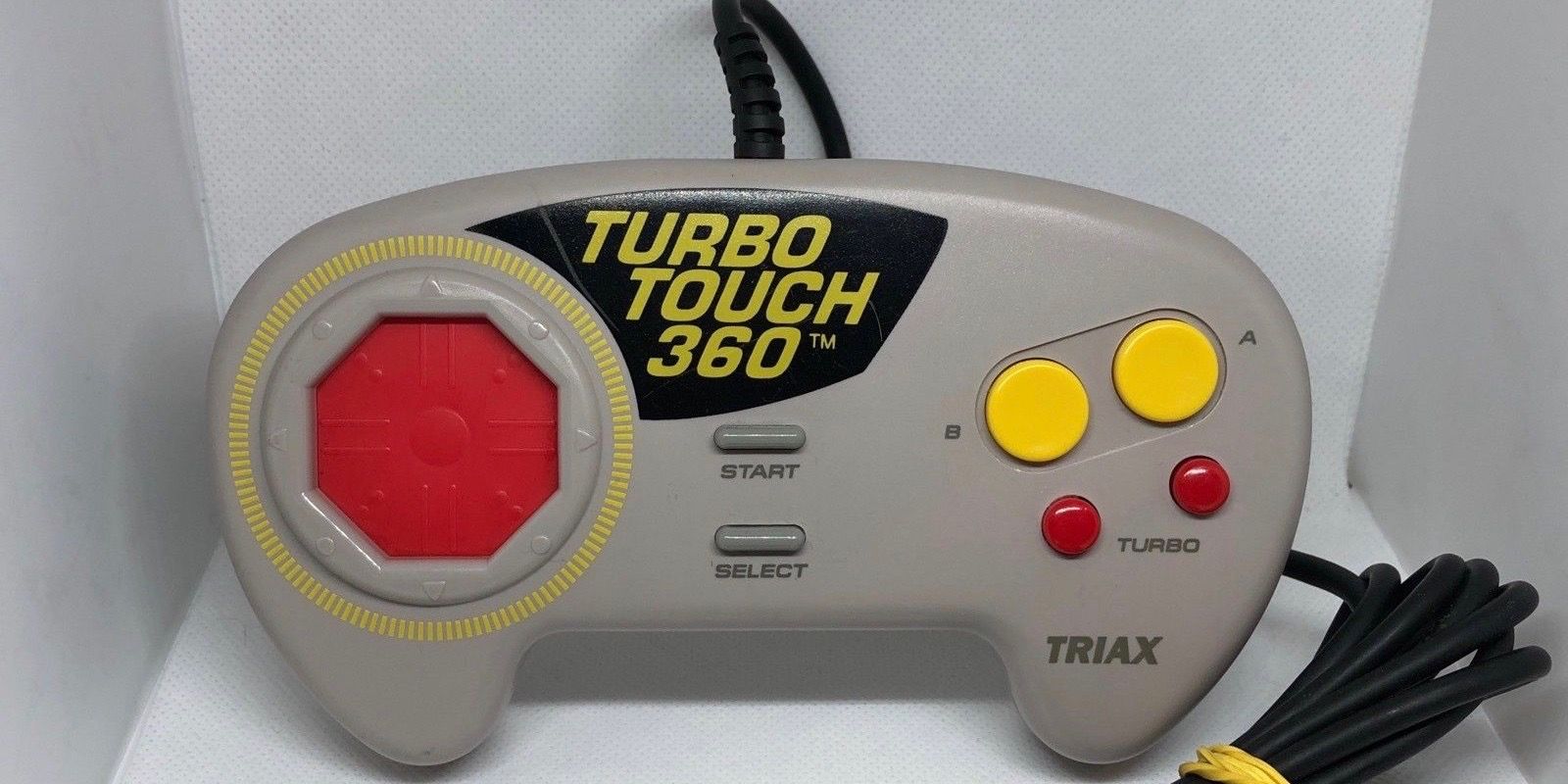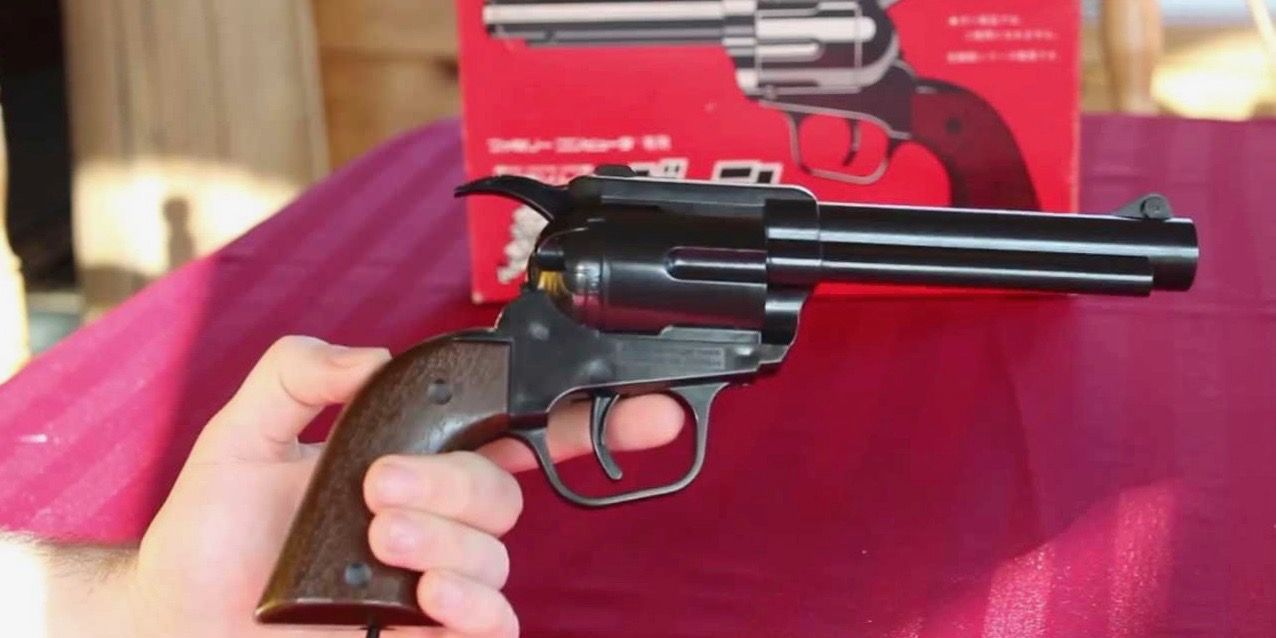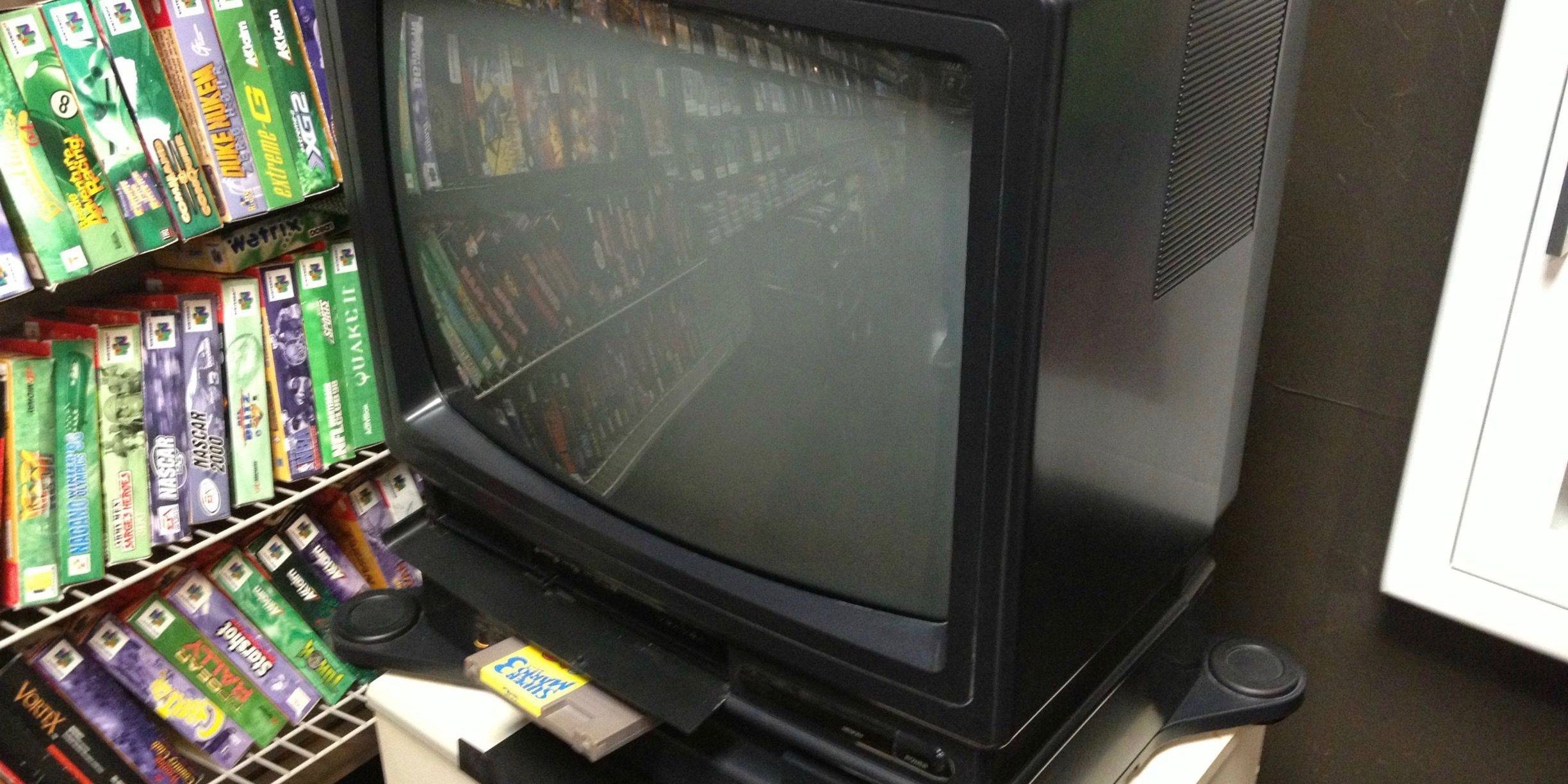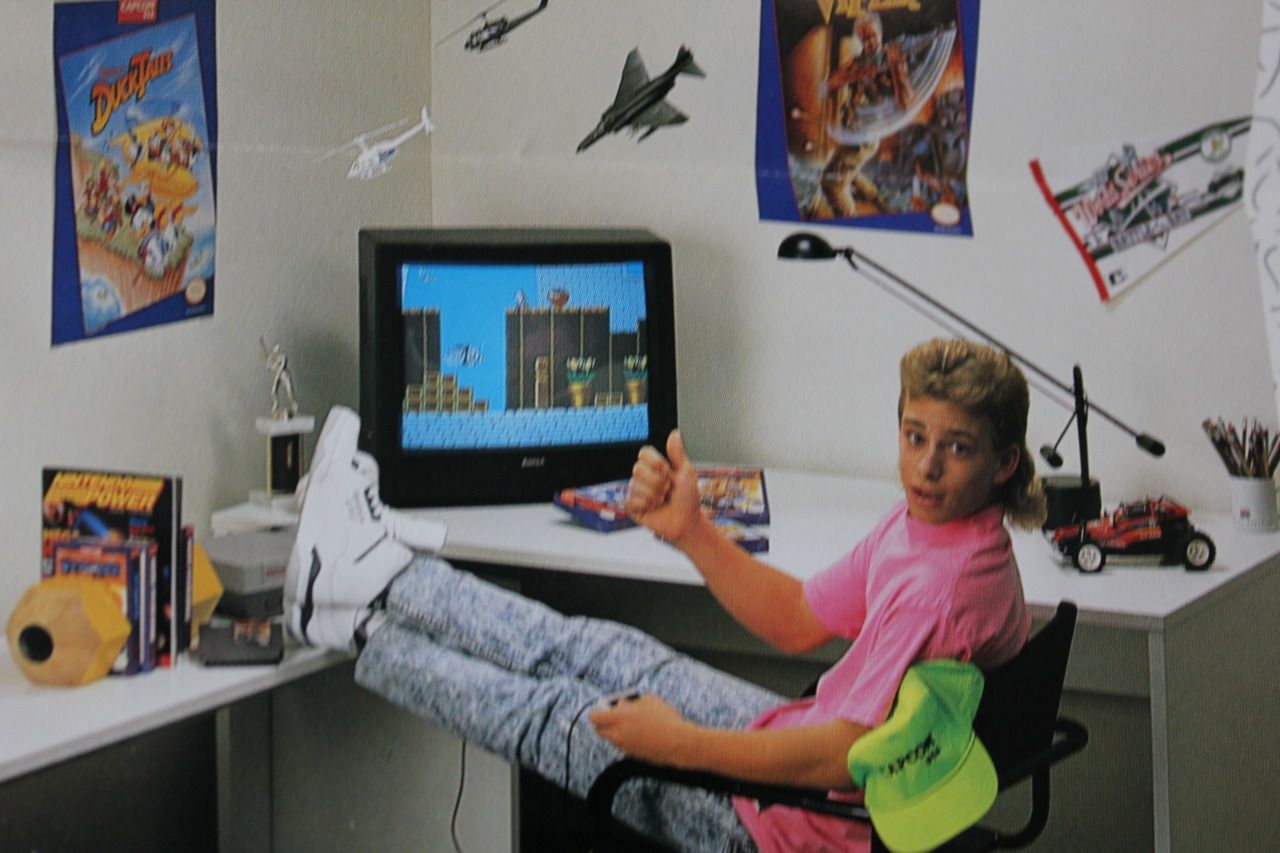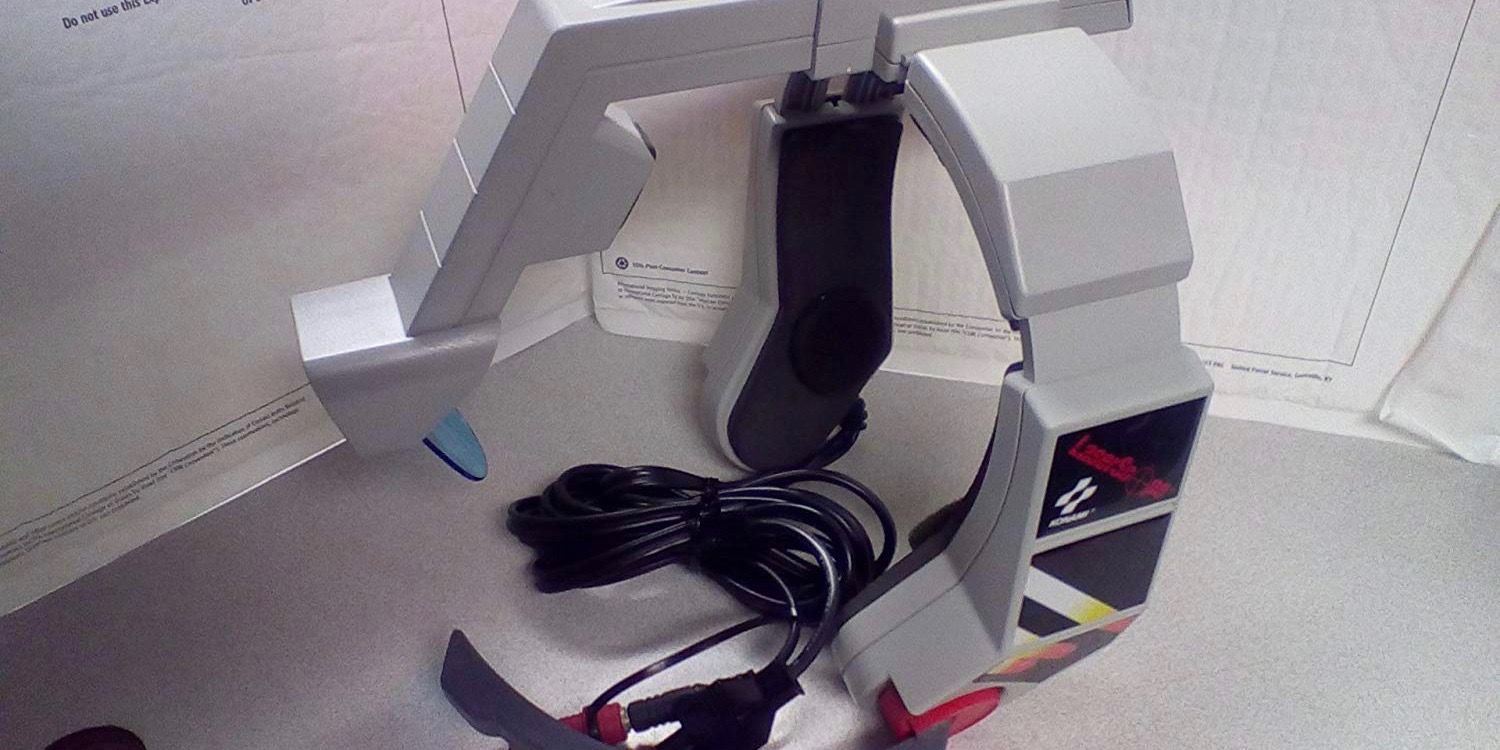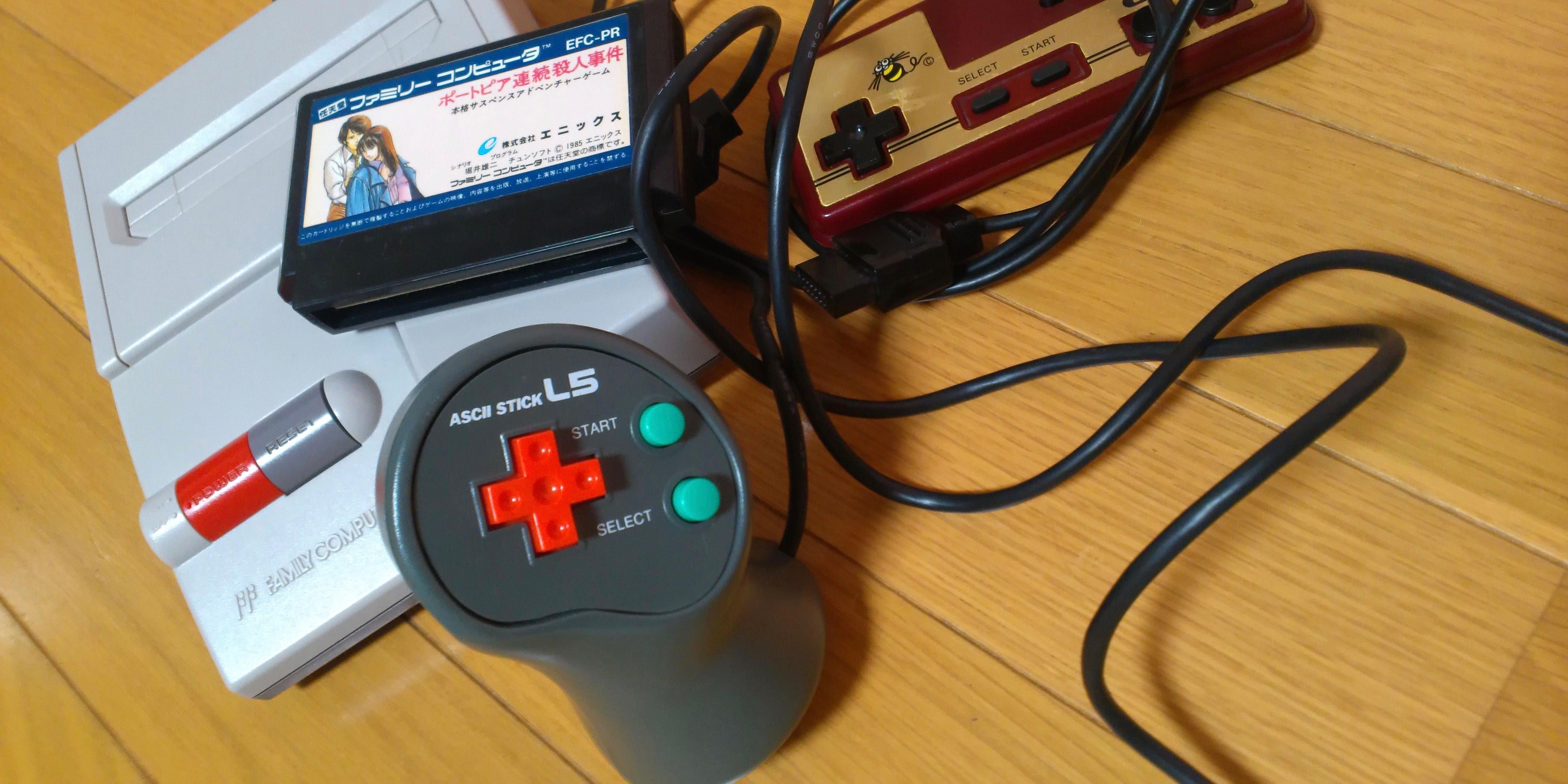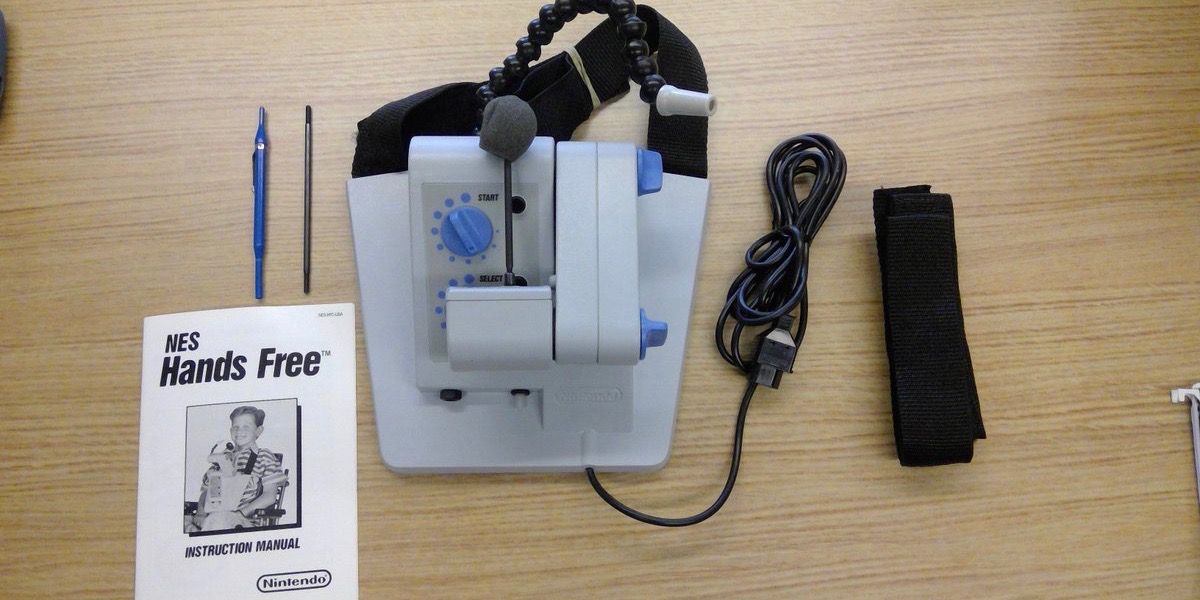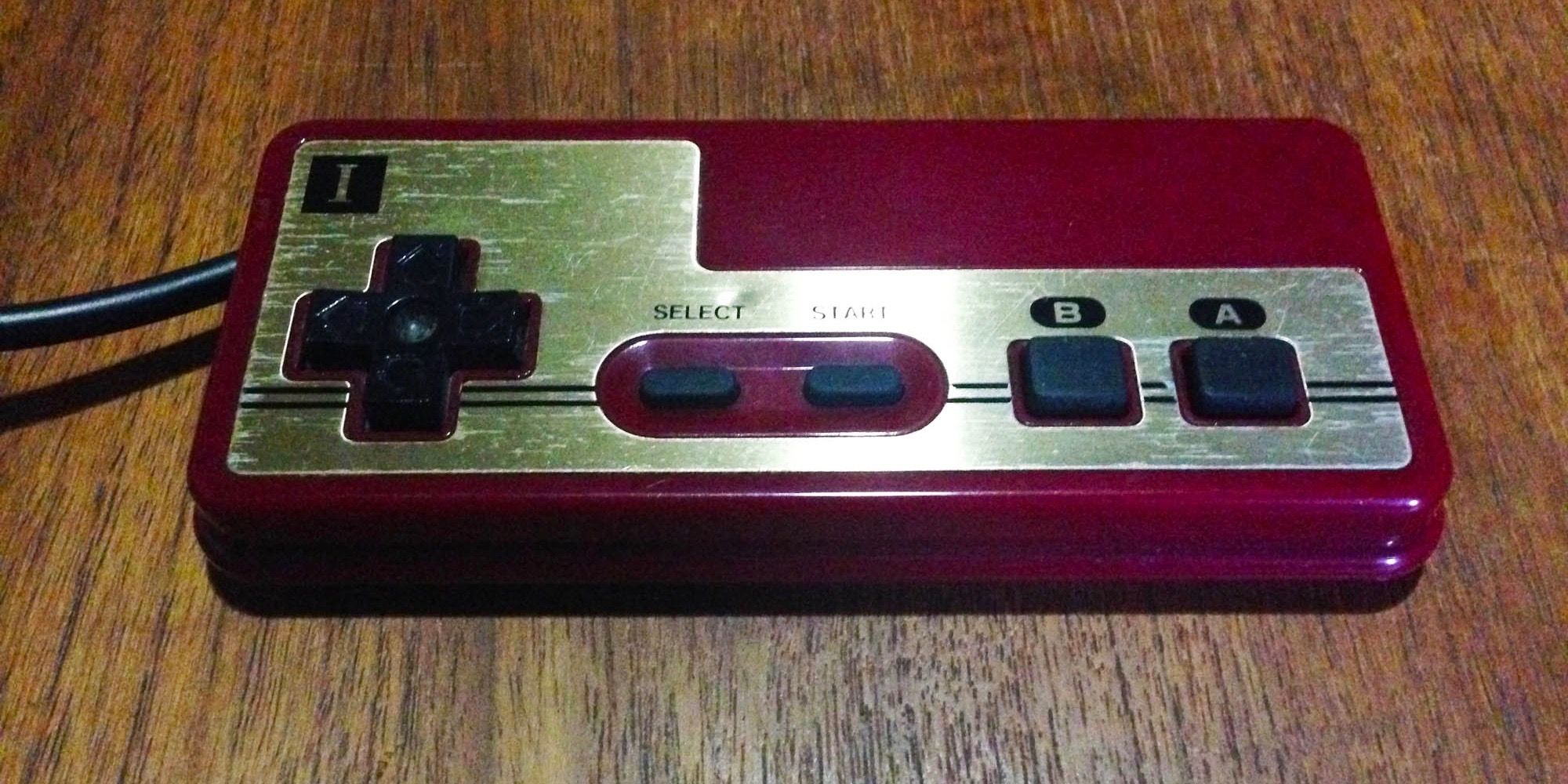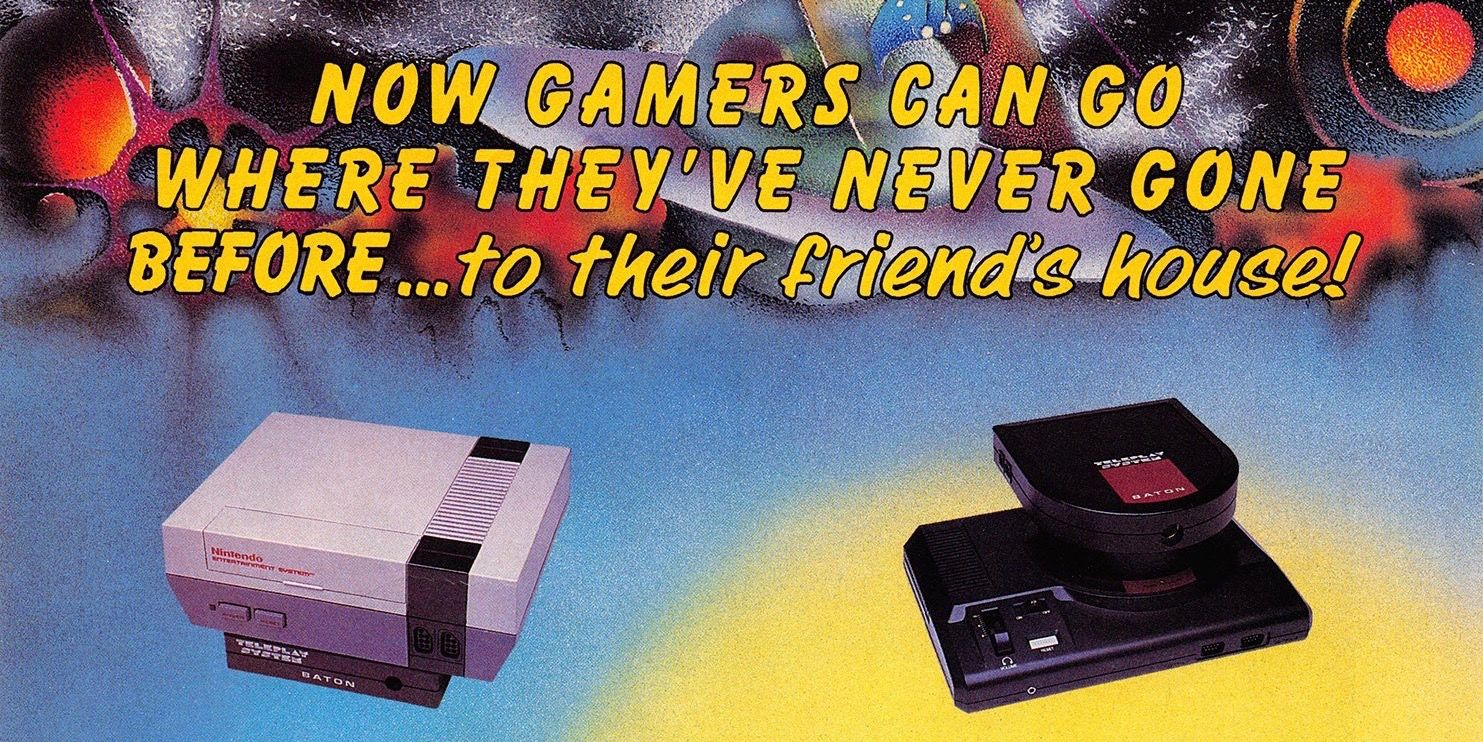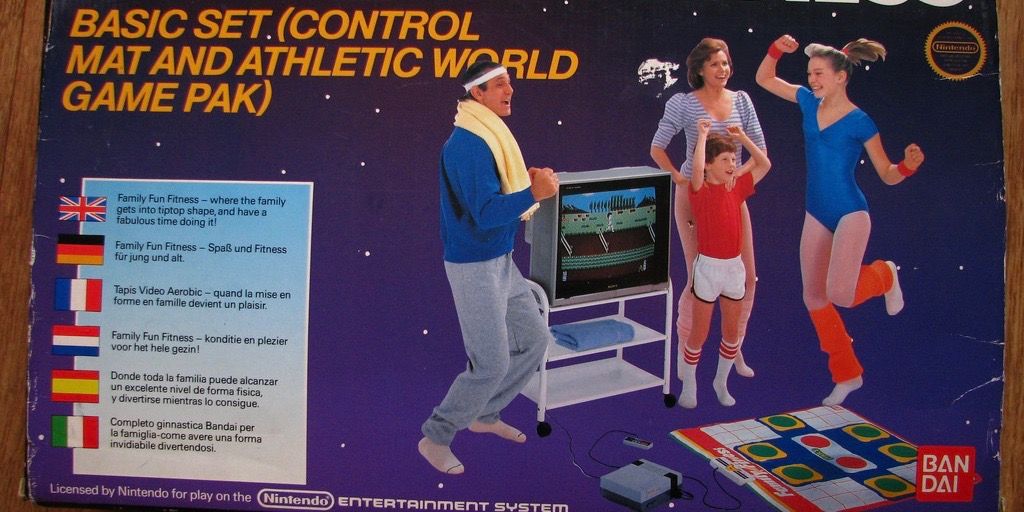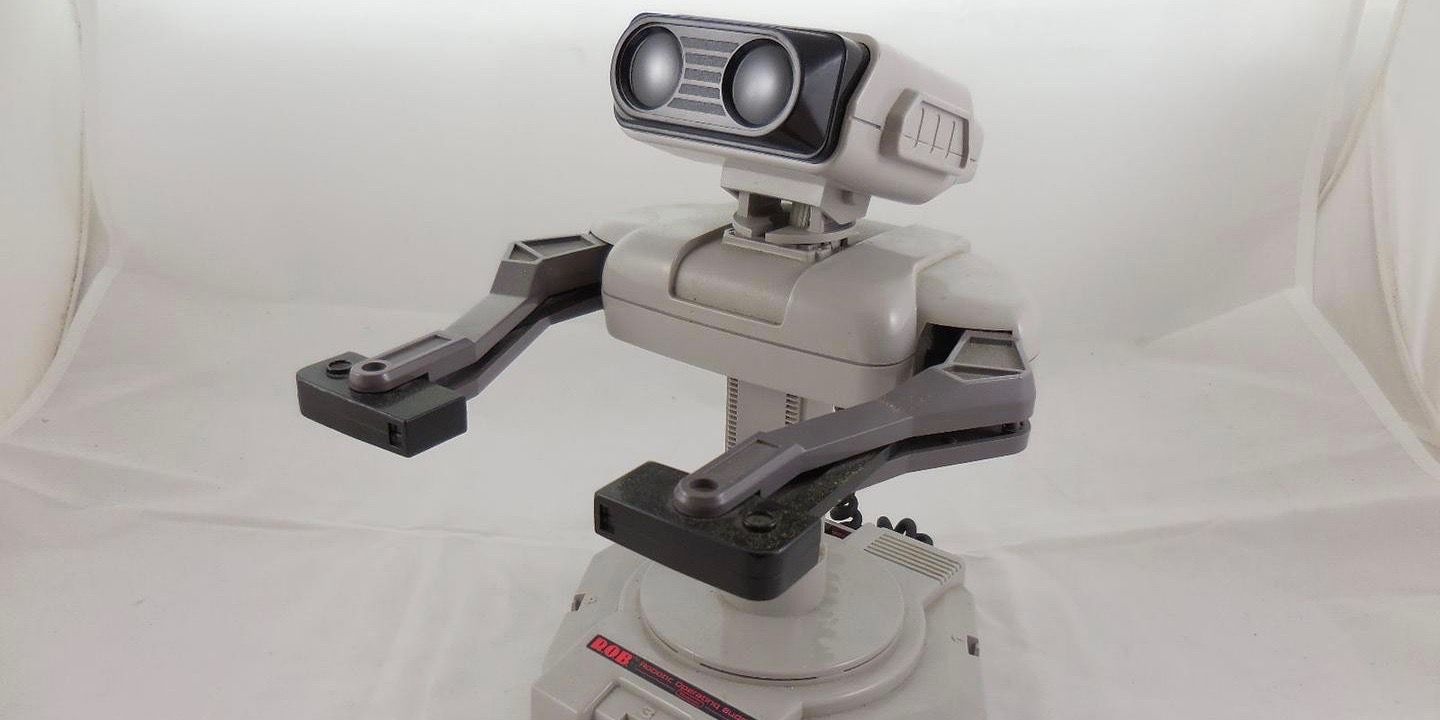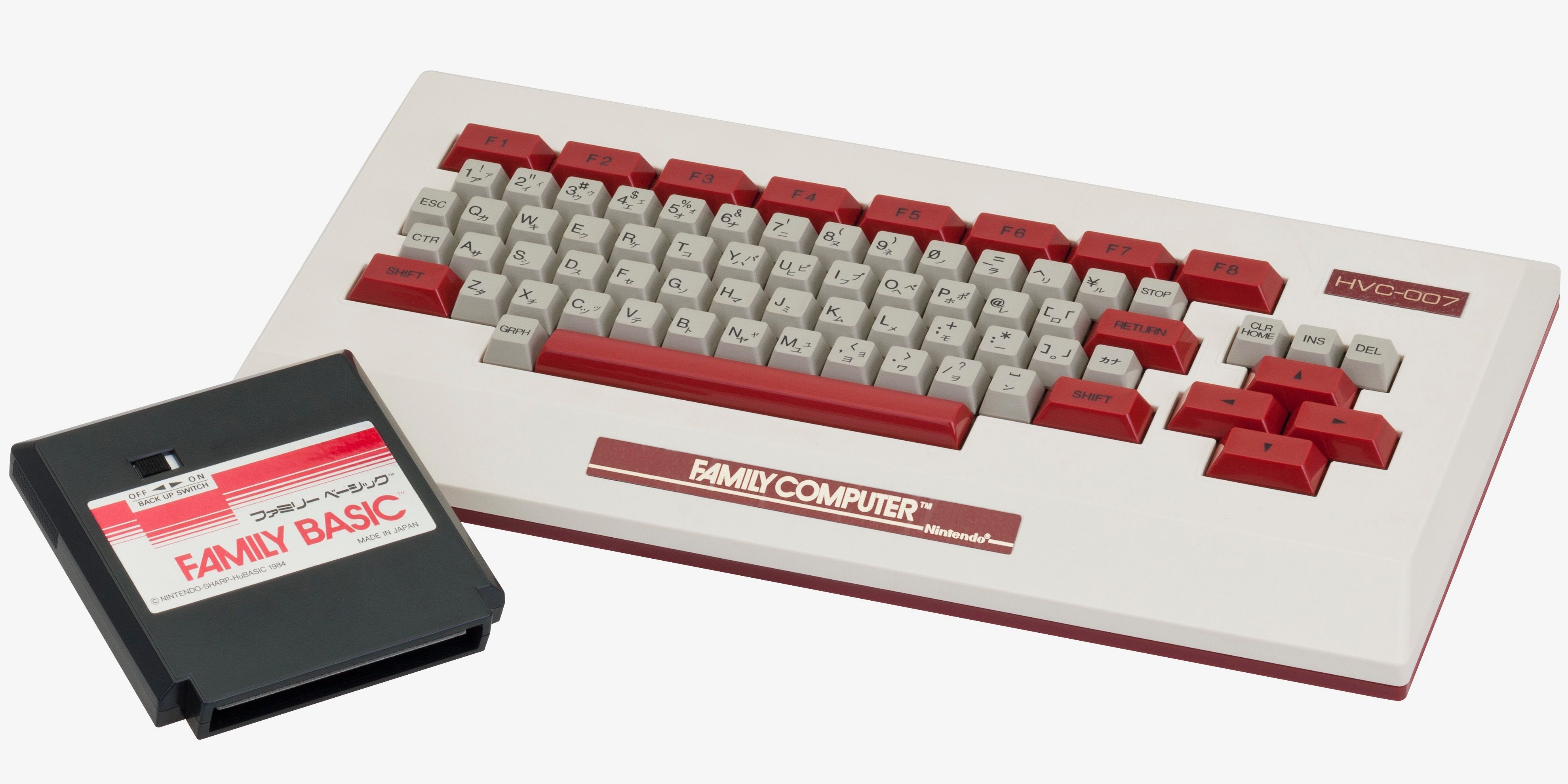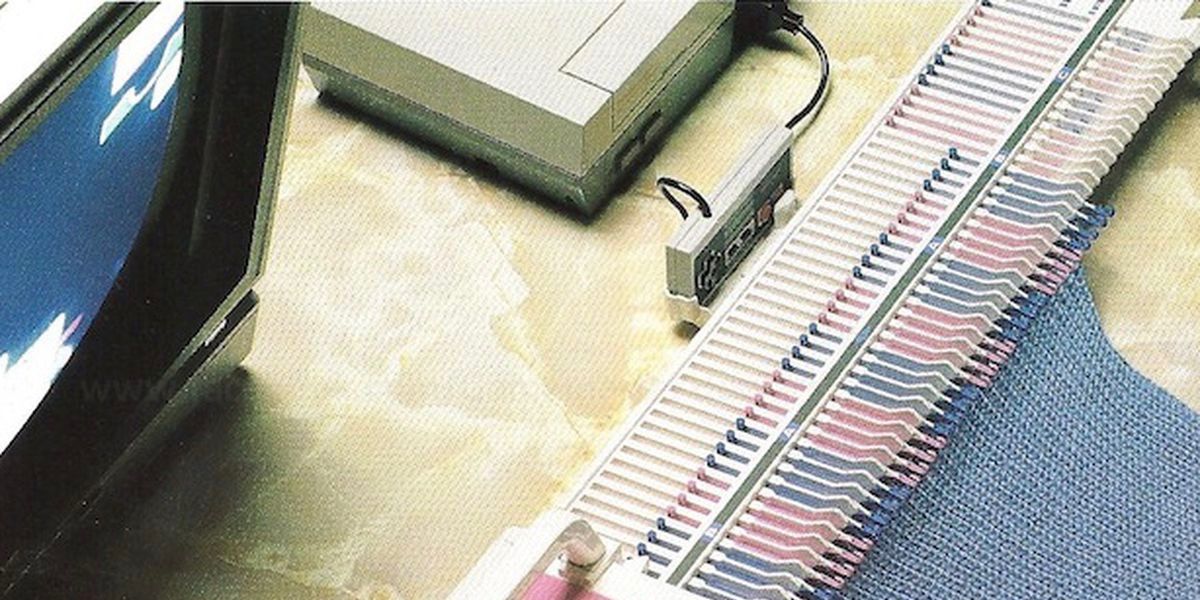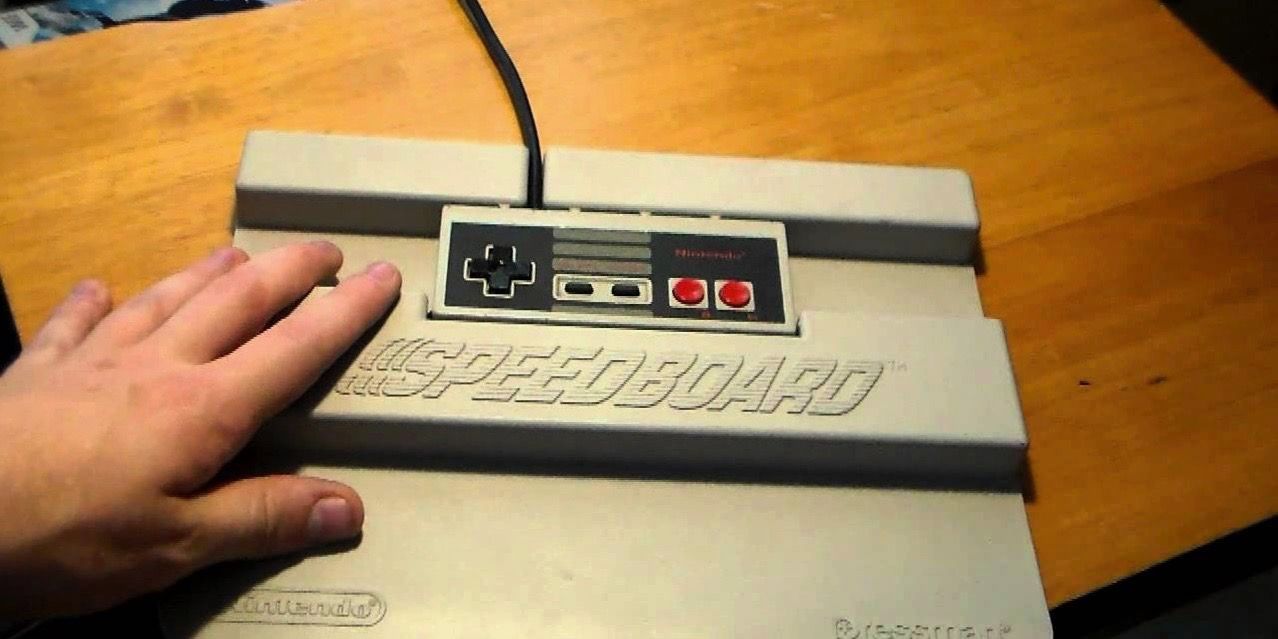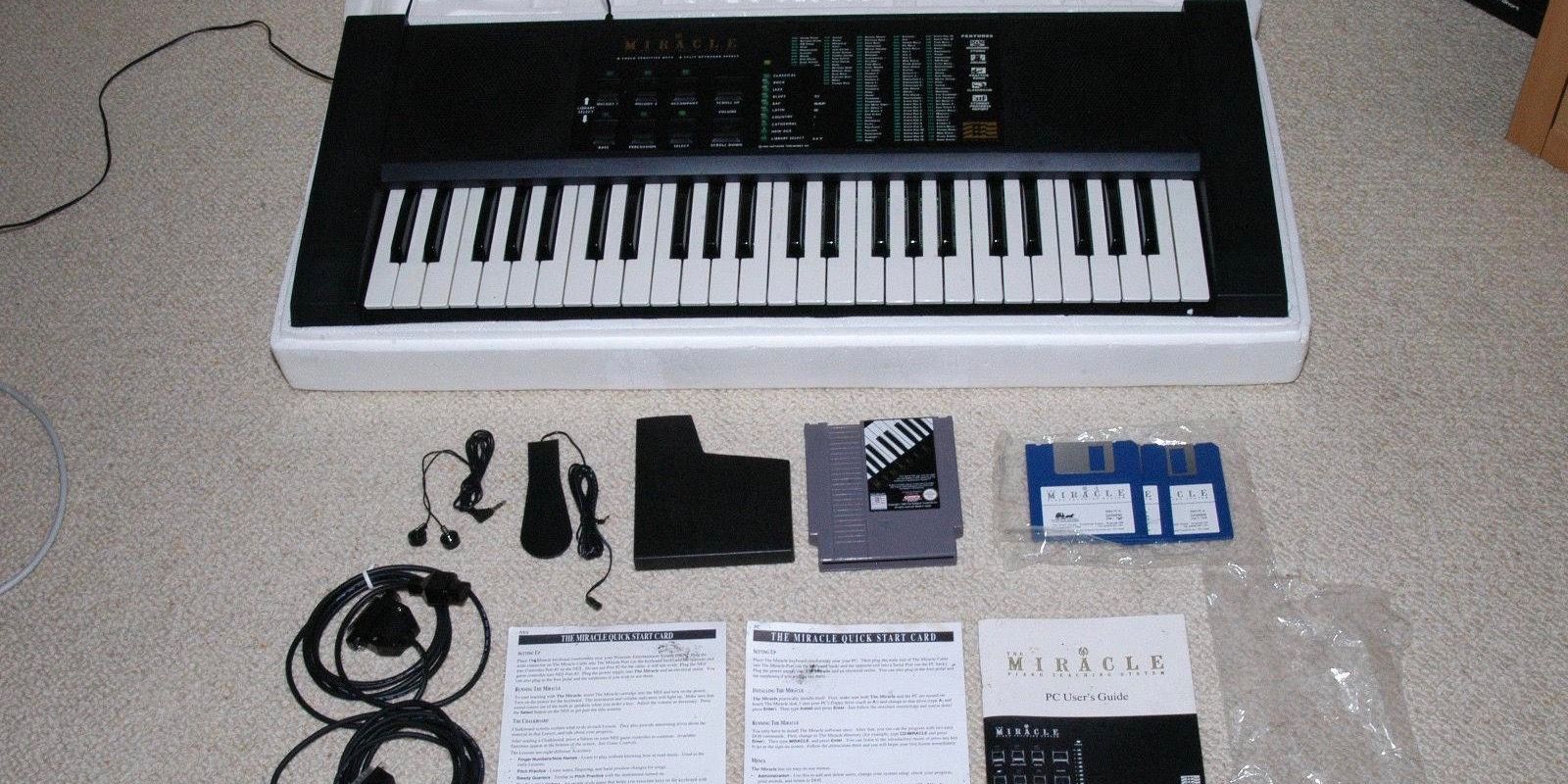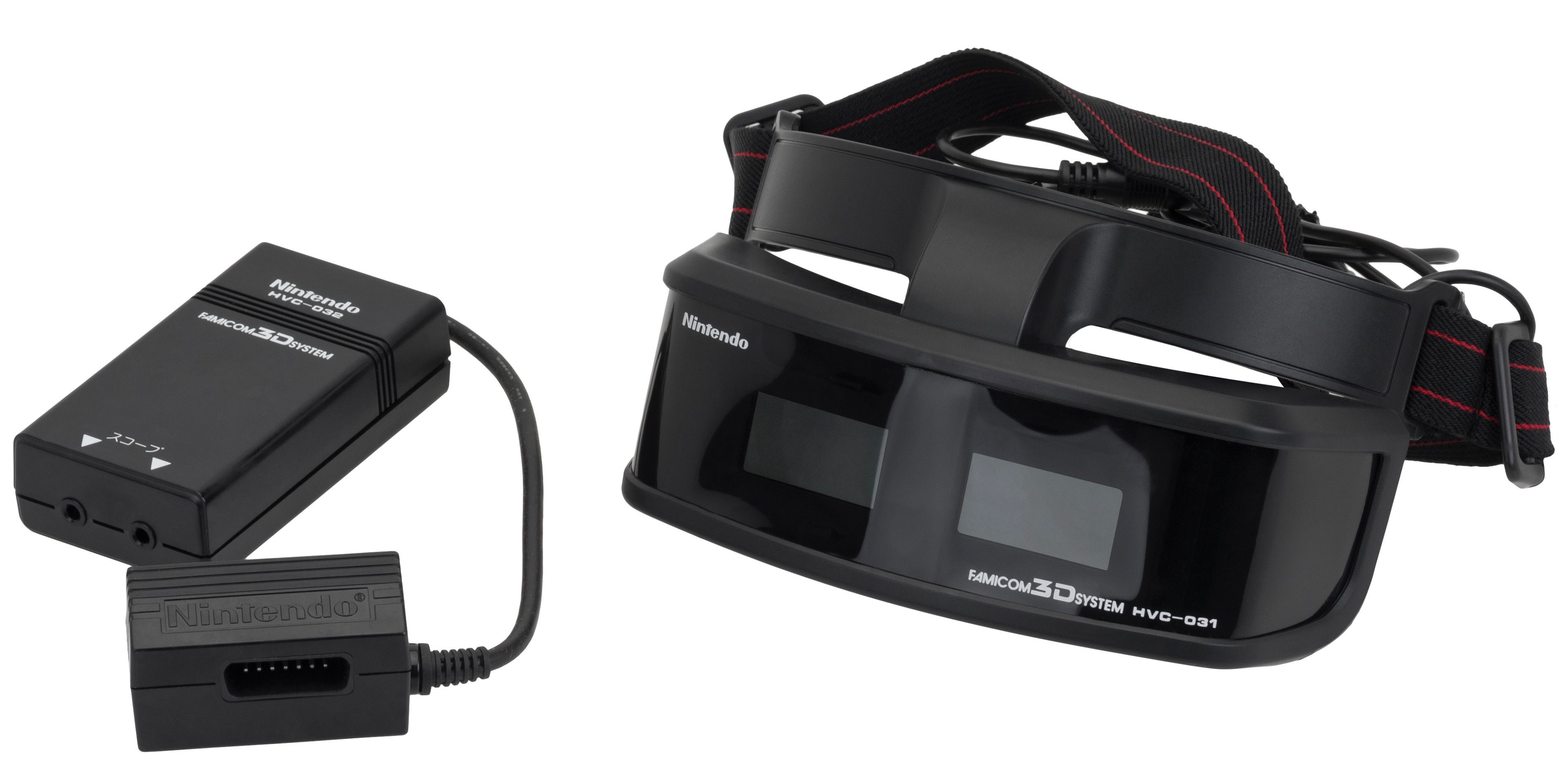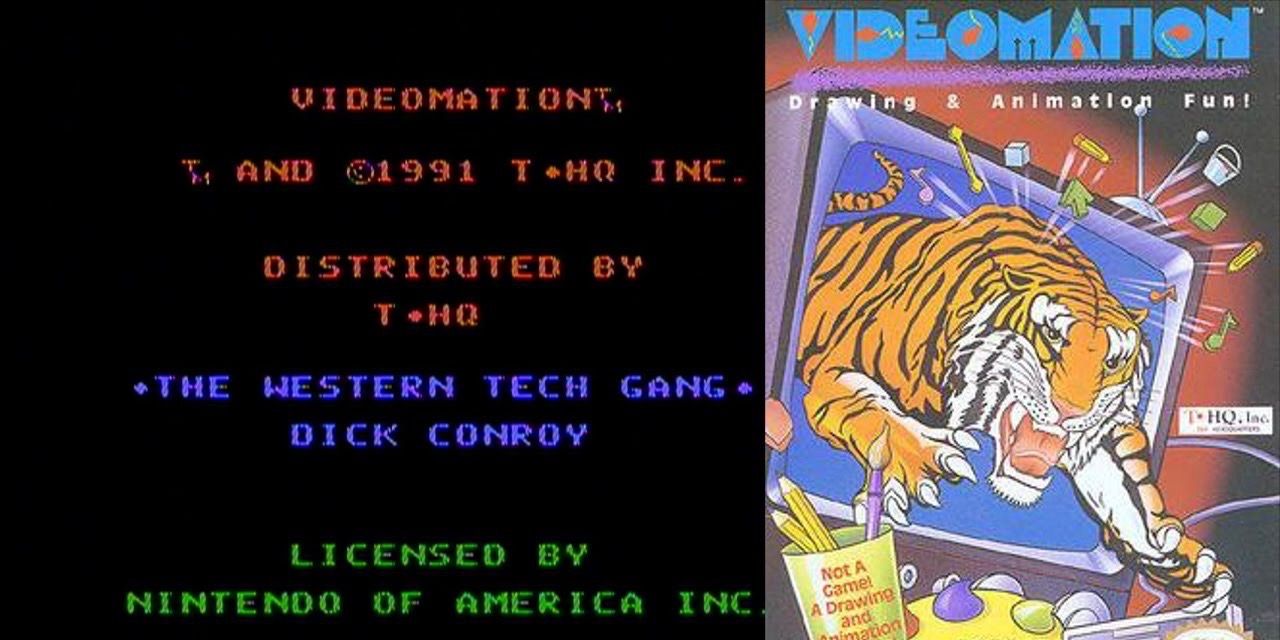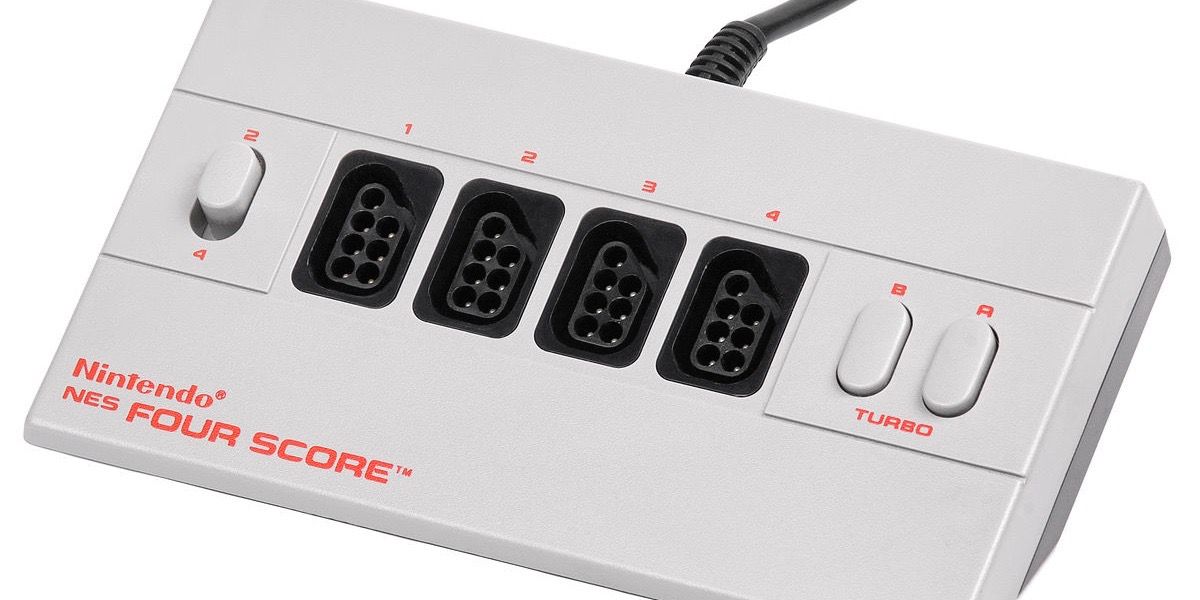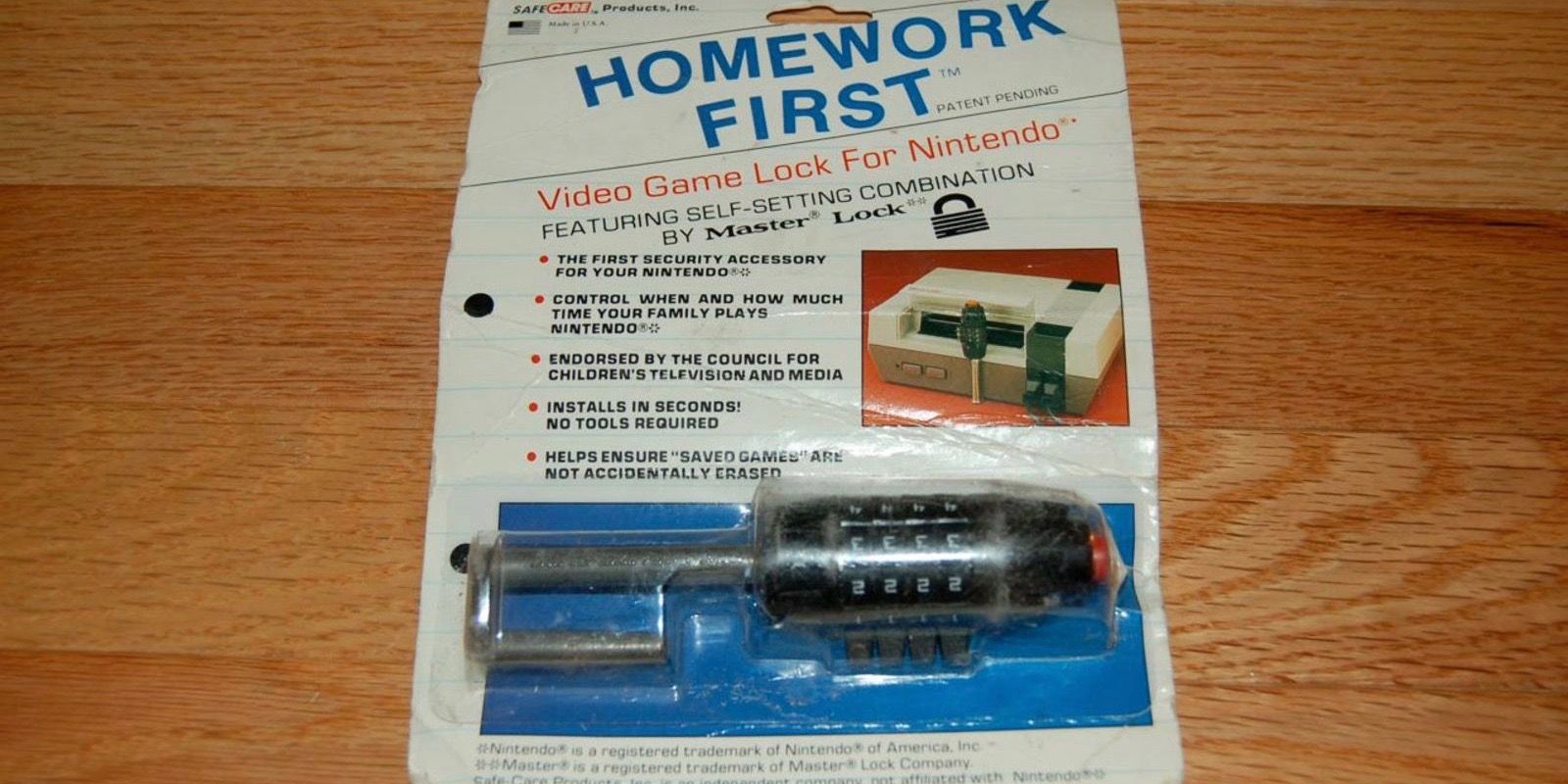When players think back on the original Nintendo Entertainment System, they probably remember it as one of the simplest and most straight-forward video game consoles ever created. You didn’t have to worry about storage space, online memberships, or creating an account for yourself. All you needed was a console, controller, and game cartridge to get started. And if you were lucky enough to get your hands on Light Gun, you likely thought that you were about as decked out as an NES player could get.
However, Nintendo's first serious foray into home consoles also led to a lot of experiments. Some of these tryouts resulted into some seriously cool add-ons (we've already mentioned the Light Gun), while others had a far less desirable outcome.
But even if many of these peripheral ideas never ended up taking off, no one can deny that the Nintendo Entertainment System was one of the most influential developments in the world of gaming. Even today, it remains one of the best selling consoles of all time with over 60 million units sold. Many of the franchises that also launched on the NES are still going strong today, most notably Super Mario Bros. and The Legend of Zelda. But there were other ways to enjoy these games and many others that you might not have previously been aware of.
So let’s take a deeper look into some of the weirder concepts that Nintendo toyed with throughout the ‘80s and ‘90s. Here are 25 Things Only Experts Know The Original Nintendo Can Do.
Fight Bosses With Barcodes
Released in 1991, the Barcode Battler was a handheld console that allowed players to create heroes and fight against the enemies within the game. Believe it or not, you did this by scanning barcodes, which would then “create” each characters’ stats by using a randomized algorithm within the system.
This might sound like the Barcode Battler was destined to be a flop, but it actually enjoyed a fair share of popularity in Japan. So much so that a Barcode Battler II was launched which was compatible with both the Famicom and NES.
Avoid A Sore Thumb With A Special Controller
The design of the original NES controller is simple, but iconic. It’s also amazing just how long many of these controllers have continued to work, which is no doubt a result of their sturdy and streamlined designed. But that also meant that using the D-Pad for an extended period could lead to a sore or numb thumb.
Enter the Turbo Touch 360, which was specifically designed to ease thumb pain for avid NES players. Instead of a D-Pad, this new controller featured an octagon-shaped plate with eight touch sensors. It also had a rounded, more ergonomic shape, which is why some players ended up favoring it over the original.
Use Famicom’s Alternate Light Gun
Easily one of the best video game accessories of the 1980s, the Light Gun (or NES Zapper) was originally released in Japan in 1984. Here, the gun debuted alongside Wild Gunman, a Western cowboy adventure game — which explains why the Japanese controller looked exactly like a six-shooter.
However, science fiction was all the rage in the United States around this time, which is why Western players ended up with a much more Star Wars-esque Zapper. The color was also changed from black to grey, to eventually the bright orange that many people are familiar with for obvious safety reasons.
Buy A TV With A Built-In NES
Many NES games are just as enjoyable and challenging today as they were at the time of their release. Unfortunately, their graphics can really leave something to be desired — especially when they’re displayed on a giant TV.
Even in the ‘80s, Nintendo knew that the graphics could be way better, which is one of the reasons they launched the Sharp Nintendo Television. This TV set came with a built-in NES, which displayed the games in a much higher quality than when the system was hooked up to a regular TV. The Sharp TV was launched in Japan in 1983 before eventually making its way to the States six years later.
Call A Hotline For Tips
These days, if you find yourself up against a confusing level design or a frustrating boss, you can always turn to the plethora of YouTube tutorials or online walkthroughs to help you emerge victoriously. But when the NES was first released, it was just you up against the game.
Of course, a system that leaves players endlessly frustrated wouldn’t be the best for the company, so Nintendo decided to launch a hotline where players could call in and get tips. The Nintendo Power Line ran all the way from 1988 to 2010, and it was more recently brought back in 2016 to celebrate the NES Classic Edition.
Use A Voice-Activated Headset
As if the Laser Gun wasn’t already one of the coolest add-ons of the NES, Nintendo tried to one-up themselves with this voice-activated headset. The Konami LaserScope, also knows as the Gun Sight, was an additional controller that could be used in place of the Laser Gun.
It featured an eyepiece complete with cross-hairs, which the player could aim at the screen before saying "fire." In theory, this single command would result in the headset doing as told. Unfortunately, voice-activated technology was nowhere near as accurate as it is today, and many players complained that pretty much any sound could set off the LaserScope.
Play Games Using One Hand
Diving even deeper into the world of obscure NES controllers, Nintendo released this one-handed controller as a limited-run, Japanese-only addition to their system. It was named the ASCII Stick L5 – which was about as catchy of a name as the controller was useful.
The company’s theory was that this controller would appeal to RPG players, who would prefer to have their right hand free to read maps and flip through manuals. The ASCII Stick L5's D-Pad and Start/ Select buttons sat on the front, while the A and B buttons sat on the back. Apparently, the controller functioned properly, provided you could figure out how to use it.
Or Play Games Using No Hands At All
Even at the very beginning of the NES boom, companies were trying to help those with disabilities enjoy their games. The NES Hands Free Controller was designed to be worn like a vest, where the player could use their chin to control direction movements while blowing and sipping from a straw to trigger the A and B controls.
The Hands Free was never sold in stores. Instead, you had to call a special number if you were interested in acquiring one. Though the specialized controller wasn’t exactly cheap back in the ‘80s, it's an even pricier collector's item today.
Use Square Buttons… That Stuck
While the original Famicom and Nintendo Entertainment Systems had drastically different designs, the original controllers for each console looked largely the same. They both had a D-Pad to the left, Start and Select options in the middle, and A and B buttons to the right. However, the very first Famicom controller’s A and B buttons were actually squares, not circles.
These square buttons might have given the NES controller an even more memorable design, but they were ditched for good reason. Apparently, they had a tendency to stick, which is why Nintendo scrapped them almost immediately.
Play With Friends Online
In 1992, the prototype for Nintendo’s Teleplay Modem was unveiled during a Las Vegas electronics show. The device would allow friends to play NES games online, and the modem would even work with the SNES and Sega Genesis.
Today, it astounding to believe that Nintendo was experimenting with online gameplay back in the early ‘90s. Unfortunately, this modem — and many of the follow-up models — never made it to market. There simply wasn't enough money or interest to follow through with the concept. However, it's fun to think what the world of gaming would look like today if the Teleplay Modem had been a success.
Get Into Shape
Aside from the Dance Dance Revolution games, the Nintendo Wii was really the first mainstream system that was designed to get players off the couch. But as it turns out, the NES had its own game that was meant to whip players into shape long before the release of Wii Fit.
Stadium Events hit shelves in 1986, which centered around the players competing in a number of track and field events. The game came with a Family Fun Fitness mat (later known as the Power Pad) which served as the controller for the game. Unfortunately, only a handful of other games ever utilized the Power Pad.
Control A Robot
Following the video game crash of 1983, Nintendo employed a number of bizarre marketing strategies in North America to try and win back customers. One of which came with the release of the Robotic Operating Buddy, or R.O.B., which was intended as both a controller and a toy.
While R.O.B. is somewhat of a legend today, the Robot Series only ended up consisting of two games, Gyromite and Stack-Up. However, R.O.B has enjoyed a cameo in a number of video games since, including the Star Fox, Mario Kart, and Super Smash Bros. franchises.
Learn To Program In BASIC
If you wanted to create your own games or stages on the NES, Nintendo actually released something called the Famicom Data Recorder, which allowed players to do so. When paired with the Family BASIC Keyboard and compact cassette tapes, players could now create original content all of their own that they were able to save and revisit at a later time.
BASIC is a simple programming language specifically designed to be used by those who weren’t exactly tech-savvy. While these items' releases were fairly limited, they certainly could have ignited an interest in programming that players might otherwise have not had access to.
Knit Yourself A Blanket… Almost
Easily one of the weirdest console add-ons of all time, Nintendo was at one time developing a Knitting Machine accessory for the NES. Apparently, this Knitting Machine was intended to get girls interested in the gaming console. So instead of just producing more games with female protagonists, Nintendo thought that fabric design was the way to go.
The Nintendo Knitting Machine would've allowed "players" to create clothing with an area of different designs. It may sound like an awesome collector's item by today's standards, but it's probably for the best that this prototype never made it to the shelves.
Use The Speedboard Controller-Holder
We can look back at most of these bizarre NES add-ons and see them as either a noble, yet failed experiment from the early days of video gaming, or at least another trinket worthy of being added to a gamer’s collection of novelty items. But when it comes to the Speedboard, most would probably agree that this accessory was a complete waste of time and money.
The Speedboard was a NASCAR-endorsed controller holder. And that’s ultimately all it did: hold your controller. Unsurprisingly, the Speedboard didn't stay on shelves for long, and not because players were snatching them up.
Learn To Play A Musical Instrument
You might be able to rock out to Guitar Hero. But outside of honing your hand-eye coordination, the game hasn't actually taught you to play the guitar at all. That’s where the NES was once again ahead of its time, as the Miracle Piano Teaching System allowed the player to hook up an actual keyboard to their console.
The "game" was designed to make learning the keyboard more fun and less like a chore. It was even able to assess the player's musical ability and increase the difficulty level. But with a $500 price tag, the Miracle Piano wasn't exactly a product for the masses.
Play Games In 3D
In the mid-1980s, Nintendo and Sega were competing to discover what the next big craze was going to be in the gaming world. Unfortunately, both companies thought that craze would have to do with 3D gaming.
Nintendo released its Famicom 3D System in 1987, which was a clunky headset that allowed certain games to be displayed in 3D. Of course, the technology just wasn’t there yet, and only a handful of games were made compatible with the 3D System. The headset never made it beyond the Japanese market for Nintendo, but that didn't stop Sega from trying a hand at their own 3D headset shortly thereafter.
Draw And Animate Creations Of Your Own
Trying to capitalize on the popularity of Microsoft Paint, Nintendo launched an art application of their own with Videomation. This North American-exclusive allowed players to create original artworks of their own right on their TV sets. Videomation was released for the NES on June of 1991 – only a few months before the SNES hit shelves.
The few downsides of Videomation included having to use the NES controller to create artworks, while also not being able to save these masterpieces on anything but a VHS. Otherwise, Videomation was another way to inspire gamers to create original content of their own.
Play With Four Friends
Released in 1990, the NES Four Score dramatically reduced the amount of time that many players would have to wait to get in on their favorite game. While the original NES came equipped with two controller ports, this add-on immediately doubled the number of players who could be using a single system at the same time.
Unfortunately, the Four Score only debuted a year before the release of the SNES, and not many games were made to be compatible with the accessory. Aside from a few NES titles like Monopoly and A Nightmare on Elm Street, many of these games were sports-based.
Lock Up The System… Literally
If you grew up with an NES, you can probably remember at least a few times when your parents threatened to turn it off if you didn't complete your homework or finish your chores first. If you didn’t comply, then there’s a good chance that the entire system would get swept off to an undisclosed location for an indeterminate amount of time.
But if your parents were thrifty (or more sinister) they could have used this Master Lock, which was specifically designed to prevent any cartridges from being inserted. So instead of looking at an empty space below the TV, you would just have to stare at your unplayable NES.

